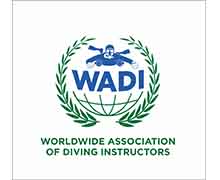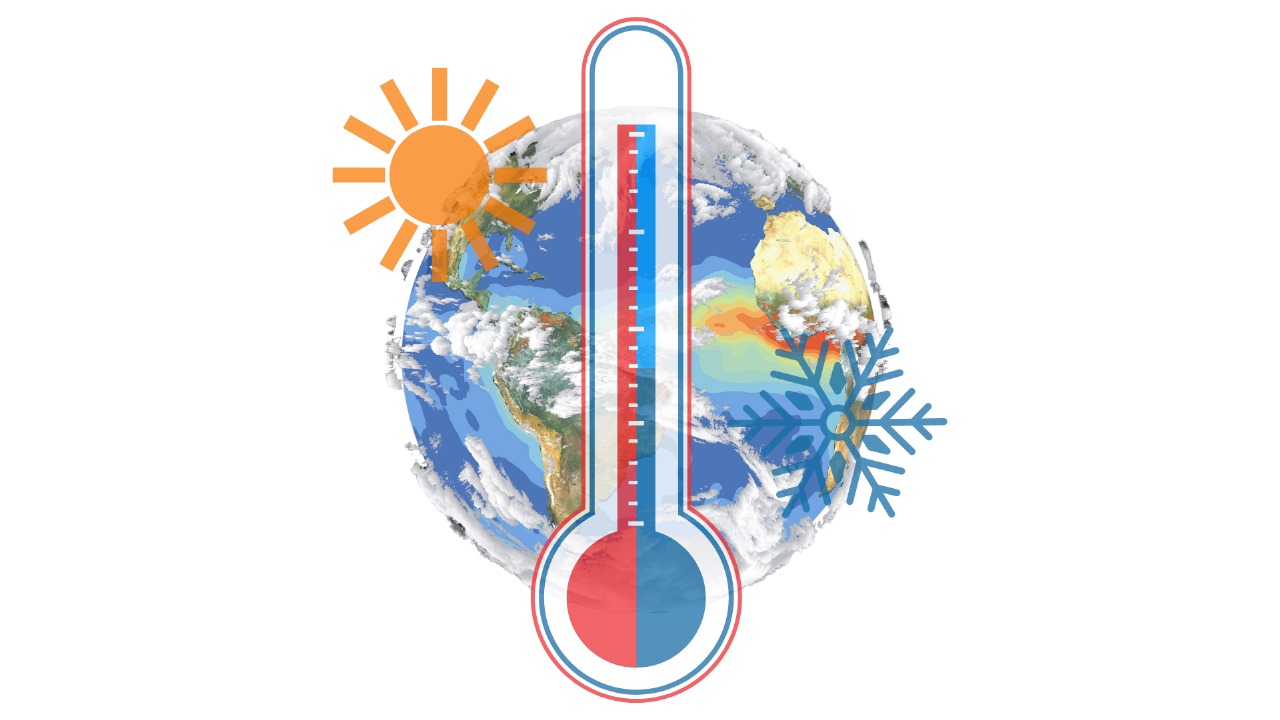International Standards: A Global Framework for Excellence
Recreational Scuba Diving
2024/07/08

International
Standards: A Global Framework for Excellence
1. The Genesis of ISO
The International Organization for
Standardization (ISO) traces its roots back to 1926 when it emerged as the
International Federation of the National Standardizing Associations (ISA).
Initially focused on mechanical engineering, ISA aimed to harmonise standards
across nations. However, it wasn’t until 23rd February 1947 that ISO officially
existed. Since then, ISO has evolved into a
powerhouse for standardisation, encompassing nearly every aspect of technology
and manufacturing1.
2. Why International Standards Matter
A. The Quest for Excellence
ISO’s fundamental question remains:
“What’s the best way of doing this?” It began with basic matters like weights
and measures but has since expanded into a vast family of standards. These
standards touch our lives in myriad ways:
Consumer Products: From the shoes we
wear to the smartphones we use, ISO standards ensure quality, safety, and
interoperability.
Healthcare: Medical devices, hygiene
protocols, and patient safety all benefit from ISO guidelines.
Transportation: Whether it’s road
safety, aviation, or maritime operations, ISO standards enhance efficiency and
safety.
Information Technology: ISO plays a
pivotal role in shaping cybersecurity, data privacy, and software development.
Food Safety: ISO standards ensure that
the food we consume meets rigorous quality and safety criteria.
Environmental Sustainability: ISO
addresses environmental impact, energy efficiency, and sustainable practices.
B. Global Cooperation
ISO’s collaborative approach involves
representatives from national standards organizations worldwide. ISO bridges cultural, linguistic, and geographical gaps by fostering dialogue and consensus. It promotes shared knowledge, best practices, and mutual understanding.
3. Fields Influenced by ISO Standards
A. Manufacturing and Technology
ISO standards cover manufacturing
processes, materials, and product specifications. They facilitate seamless
trade, reduce waste, and enhance product reliability.
B. Agriculture and Food Safety
From farm to fork, ISO ensures safe
and sustainable agricultural practices. It sets guidelines for food production,
packaging, and labelling.
C. Healthcare and Medical Devices
ISO standards govern medical
equipment, patient safety, and healthcare management. They contribute to better
patient outcomes and global health.
D. Transportation and Logistics
Whether it’s road signs, shipping
containers, or vehicle safety, ISO standards keep the world moving efficiently.
E. Information Technology and Communication
ISO’s IT standards cover cybersecurity,
data exchange, and software development. They enable seamless digital
interactions.
F. Scuba Diving
and International Standards
1. Safety First
Scuba diving
involves exploring the underwater world using self-contained underwater
breathing apparatus (SCUBA). Ensuring safety is paramount, and international
standards play a crucial role in achieving this. Here’s how:
Dive
Equipment: ISO
standards define specifications for scuba gear, including regulators, tanks,
masks, and buoyancy control devices. These standards ensure that equipment is
reliable, durable, and safe for divers.
Training
and Certification: Organizations
like the Worldwide Association of Diving Instructors (WADI), the Professional
Association of Diving Instructors (PADI), and the National Association
of Underwater Instructors (NAUI) adhere to ISO standards when
designing training programs. These standards cover everything from basic skills
to advanced rescue techniques. Making the job of diving Instructors and dive
centres easier to conduct. Whatever the system they are adopting in their
system of operation, they can accept any diver with accredited certification
for joining the activity with them or be eligible to receive the service of
renting equipment and tank refilling.
2. Environmental
Impact
Scuba divers
explore fragile ecosystems, such as coral reefs and marine life habitats.
International standards address environmental concerns:
Buoyancy
Control: Proper buoyancy techniques prevent accidental damage to reefs and
marine life. ISO standards guide divers in maintaining neutral buoyancy.
Wreck
Diving: Exploring shipwrecks requires adherence to safety protocols. ISO
standards help preserve historical wrecks while minimising ecological impact.
3. Dive Tourism
and Consistency
Scuba diving
is a global industry that attracts enthusiasts from diverse backgrounds.
International standards ensure consistency:
Logbooks and
Records: ISO standards recommend maintaining detailed dive logs. These records
help track experience, depths, and conditions.
Dive Tables
and Computers: ISO standards provide guidelines for calculating safe dive times
and decompression stops. Dive computers follow these standards to enhance
safety.
Conclusion
As one of the oldest non-governmental
international organisations, ISO continues to shape our world. Its
published standards make our lives easier, safer, and better.
Scuba diving
thrives on collaboration and shared knowledge. International standards foster a
community of responsible divers who explore the depths while safeguarding our
oceans. So, whether you’re diving off the coast of Bali or in the Great Barrier
Reef, remember that ISO standards are your underwater companions,
ensuring a safe and exhilarating experience!
Remember, whether you’re in Tokyo, New
York, or anywhere else, the short form of our name is always ISO—derived
from the Greek word isos, meaning “equal.”











